Mitsubishi Outlander PHEV review and buyer’s guide
The time to start seriously considering a plug-in hybrid family UV is now. The new Outlander PHEV from Mitsubishi offers seven-seat versatility and you can drive it in pure-battery EV mode. Here’s what you need to know to also pick get one cheap…
The Mitsubishi Outlander Plug-In Hybrid, known as ‘Outlander PHEV’ henceforth, is one of the most appealing alternative powertrain vehicles in the mainstream new car market right now - and for good reason.
This is a brilliantly capable, fully-featured and (importantly) affordable option for families wanting to loosen their dependence on conventional petrol/diesel-based transport, but whom can’t quite make the full disconnect to go all-battery. For now.
What simply doesn’t get celebrated enough with the concept of a plug-in hybrid is that you get the best of both powertrains. There’s the elimination of tailpipe emissions, the near-silent inching up the driveway and the refined, quite cabin while driving at normal speeds when running in EV mode; it’s a kind of dream-like transport the general public has never had feasible access to.
Okay, but is buying a plug-in hybrid worth the money? Click here >> Without going into detail, to be frank, buying a PHEV at a $15,000 premium or whatever, to start saving money on fuel, is foolish and absurd. You’ll never make up the difference; highly unlikely, anyway. But there are still advantages, even some over and above full EVs.
There’s the long-range capability of a PHEV that means you can rest assured there’s one of those legacy service stations over the next hill, courtesy of a century of fossil fuel progress that has liberated the human race from horseback and bicycles to do routine daily tasks like eat to survive and raise children to continue our species.
In real-world applications, you can benefit from the more centralised proximity of either public fast-charging infrastructure (replenishing 80% battery capacity in just 38 minutes, depending on the rate of charge). Or the humble wall-based power outlet (connected to the grid) will also work in your favour for your metro/city-based leg of whatever journey.
Then, once you’re into the open regional road networks where you may not see the semblance of civilisation for another hour or two, you can switch your Outlander PHEV over to run on the misnomer of ‘dinosaur juice’ until you reach the next public charger.
In one sense, the bigger battery in a PHEV (compared with the puny battery in conventional ordinary hybrids) works like a super-sized range extender for the 2.4-litre four-cylinder combustion engine, except in reverse order of operation.
But to get the most out of this very clever system, you need to fully understand how it works in order to use it in the most efficient and effective way. You want to know how to do this because the Mitsubishi PHEVs, in general, are more like part-time EVs compared with a Toyota hybrid which is mostly a normal combustion car with a tiny battery doing very little actual work.
You might also like to check out the Mitsubishi Eclipse Cross PHEV: Full Review and Eco Analysis if you don’t need a large seven-seater, but you still want a plug-in hybrid SUV and five seats suits your needs.
Left socket is for home charging, right socket is for fast-charging.
So let’s start with some foundational understanding of what you’re buying here, and apply some basic principles to your ownership prospects to get you playing the Outlander PHEV like a professional musician working for Hans Zimmer or Steve Jablonski.
Outlander PHEV has a rather large 20kWh battery pack on board, sandwiched down below your backside between the 56-litre fuel tank (happy to take 91 RON, by the way). That battery is connected to two motors, one at the front putting out a maximum 85kW and one at the rear doing a maximum of 100kW.
So all up, including the 98kW from the 2.4 petrol engine, you’re getting a total 185kW of peak power, including 450Nm of torque - which is available from stationary because of EV Mode, without that pesky dinosaur engine interrupting your Doc Brown/88 miles per hour run to the supermarket for bread ‘n’ milk (in the future, obviously).
Just for comparison, a Toyota RAV4 hybrid has 1.6kW of total electric power output. So it relies heavily on the glorious flatness of the 152kW petrol 2.5. The RAV4 Hybrid’s battery can only contribute about 10kW to the system moving the whole vehicle forward, which is why the petrol engine kicks in so soon after taking off from the lights. At about 20km/h it fires up.
Outlander PHEV has a battery substantially bigger in size than a RAV4, therefore it’s capable of doing so much more. Think of it like this: RAV4 is the friend giving you a leg-up to scale the neighbour’s fence and go it alone. Outlander PHEV is your mate going with you into battle to help find the footy.
Big battery means more work can be done; but it’s not so unnecessarily big that it becomes impractical in real life.
Regenerative braking is lauded as some awesome breakthrough in-car tech, but the reality is it only contributes a small amount toward recharging a typical PHEV or hybrid battery - which is why the RAV4 can only use it to recharge its tiny battery. Sure, recovering kinetic energy helps for the sake of efficiency and yes, the Outlander PHEV recovers a substantial sum of it, but the ability to plug the car in to charge overnight is a huge advantage not available to the Toyota or Nissan’s ridiculous e-Power hybrid, which can be found in the absurd X-Trail e4ORCE hybrid >>.
The RAV4 Hybrid’s 1.6 kWh battery is made using comparatively heavy (and old-tech) nickel–metal hydride battery cells, which are naturally much less energy dense than lithium-ion in the Outlander PHEV, which is also 12 times the size, therefore capable of far greater performance. For illustrative purposes, it’s like this:
Every opportunity to lift your foot and start tipping something back into the battery is great, but so too is having the internal plumbing that allows you to pull electrons out of the wall when the car is switched off and doing nothing.
A 240-volt adapter that comes under the boot floor with the Outlander PHEV, to use in a standard 10-amp wall outlet for 2.3kVa max, or thereabouts. It’ll take about 10 hours to go from de facto empty (26 per cent state of charge) to full. So, you can sleep on it, with the charging solution that comes with the car, and you’ll be full (or close enough) for heading to work in the morning.
All you need to understand, as a consumer, is that Outlander PHEV is more a comparison for the Kia Sorento PHEV.
Sorento PHEV’s battery capacity is 14 kWh with an EV-only mode capable of up to 68 km, according to Kia. But you can easily expect a good 50-60km if you work hard to recoup as much kinetic energy as possible and you drive with a conservative right foot.
With the combined power of the 1.6 turbo-petrol engine making 132 peak kilowatts, you get 195 kW of total system output. To simplify the numbers for you, Sorento PHEV has a power-to-weight ratio of 94.8 kilowatts per tonne in GT-Line form. Outlander PHEV returns 86.2 kW/t - a 10 per cent performance gap that means the Sorento PHEV will perform slightly better, because the Kia uses a much smaller and therefore lighter combustion powertrain. The Outlander also has heavier 20-inch wheels versus the 19s on Sorento.
Sorento PHEV GT-Line, with a full 47-litre tank of 91 RON petrol, weighs 2091kg, whereas Outlander PHEV Exceed Tourer is 2145kg - an additional 53kg. But you need to ask yourself if that matters, because both are seven-seaters, (as squashy as the Outlander’s row three is) yet the Mitsubishi is potentially still the outright winner here. How you ask?
Outlander PHEV in its highest specification is $12,000 cheaper than the Sorento PHEV and the compromises you make with the Mitsubishi are relatively low-key, such as row-three legroom and a few kays in manufacturer-quoted EV Mode driving capability.
Now, just as a quick aside, the Sorento is a much more refined vehicle than the Outlander, it needs to be said. The interior of Sorento is debatably nicer to touch, sit in and drive within - but that’s not to say Outlander is rubbish, because it absolutely isn’t. In fact, for the price, Outlander in Exceed-or-above is a seriously dangerous proposition to its competitors in terms of nicking potential sales because it is good enough. The key difference is in the smaller details, where Kia has clearly polished a little bit harder. But most ordinary new car buyers will be quite comfortable and catered for in the Outlander PHEV - it’s certainly above any Toyota product.
Interestingly, as you go back down the Outlander PHEV range, obviously as you start sacrificing features which all add weight, like the panoramic sunroof, heated and power-adjusted seats etc., you start to reduce the overall kerb weight, which increases performance and therefore available EV-only driving range - as well as the purchase price, obviously. Mitsubishi quotes 84km of battery-only range, which is more than the 68km Kia quotes for Sorento PHEV GT-Line - and that’s the only model grade you can get.
The Aspire PHEV is 95kg lighter. So, with all variables made equal, if you fully charged up both Exceed Tourer and Aspire and drove them line astern until they ran out of electrons, physics says the Aspire would go further. And it’s about $8000 cheaper.
The 2022 sales comparison between Outlander PHEV and Sorento PHEV should tell you enough. According to VFACTS data, PHEVs made up about 1 per cent of all SUV sales. For the Sorento PHEV, which went on sale October 2021, it sold roughly 66 units by the end of November ‘22. Outlander PHEV went on sale August 2021, and in the same 11-month period of 2022, it’s sold approximately 174 units. Having said that, Kia has also had supply constraints holding it back this year.
One good thing about all this pricing comparison is that there is a way you can eliminate the back-and-forth. As for buying a PHEV in 2023, you might have questions >>.
If you wanna know the most affordable way to get an Outlander or Sorento PHEV in yo’ driveway, scroll down.
CHEAPEST WAY TO OWN AN OUTLANDER PHEV (or Kia Sorento PHEV…)
The Federal Government recently passed the Treasury Laws Amendment (Electric Cars Discount) Bill 2022. The new legislation, back-dated to July 1, 2022, effectively removes all fringe benefits tax (FBT) from EV and PHEV ownership.
FBT applies to novated leases (also called ‘salary sacrifice’). The new laws mean novated leases on EVs and PHEVs just got a lot cheaper. The term ‘unprecedented discount’ comes to mind…
How much cheaper? In many cases a $70k EV or PHEV will now cost novated lease holders less than the cost of a $35k conventional car, in terms of their take-home pay.
Novated leases are available to many ordinary Australians, and the car can be for 100 per cent personal use. Nor do you have to be on a particularly high salary to benefit from one.
If you’re new to novated leasing, and want to know more, I just put together a basic guide here: Guide to novated leasing.
MAKE AN OUTLANDER PHEV NOVATED LEASE ENQUIRY NOW
Recent legislative changes mean the cheapest way to own a PHEV, or full battery EV, for many Australians, will be via a novated lease. More details on this page
We have access to a specialist team of novated leasing consultants who can help you (and your employer) set up a novated lease - quickly and efficiently. For many Australians, this will be the cheapest and most tax-effective way to own a new EV or PHEV.
If you’re not eligible for a novated lease, don’t stress. We can still get you a good deal on the vehicle. Just click one of the red links on this page to get the ball rolling there, or visit this page
A novated lease:
Reduces your taxable income
Eliminates the GST (that’s a massive saving right there)
Fully-maintained option available - compounding the benefits
Just fill in the form. We’ll call you ASAP. Don’t stress - there’s no ‘hard sell’ and no obligation. We’re here to help you.
WHAT YOU CAN & CANNOT DO WITH YOUR PLUG-IN OR EV
Another aspect of the Outlander PHEV’s usefulness envelope is the ability to power external appliances, particularly in the event of blackouts where you might need to keep phones charged with no clear timeline for the grid being restored.
While it can charge laptops and phones, coffee machines and camping lights, air pumps or even the same air compressor you might use to inflate its own tyres to correct pressures - the Outlander PHEV is not Vehicle-to-Load capable.
V2L as it’s also known, if you’re new to the EV/plug-in space, basically means powering your home using the vehicle battery’s stored energy to run your home and mitigate peak electricity tarrifs. This feature can save you thousands, potentially, so if that’s something you want, check out my report above to understand exactly how much it can put back in yo pocket.
It is possible you can save a substantial amount of money by charging your PHEV during the night while paying off-peak electricity rates, and powering small-scale appliances in your home with the energy stored inside the battery during the day.
However, you will need to run extension leads for this kind of thing, which can be a tripping hazard. The other benefit is, of course, you can use regular household appliances where you might not have readily available electricity, such as camping being the most obvious one.
If your family takes regular roadtrips to far-off destinations, perhaps with a camper or caravan, maybe just loaded up and staying in cabins or in tents, having two humble power points regulated by a robust supply system, can make those long trips more bearable.
Unfortunately, the marketing departments aren’t very good at thinking up any new ways you might use your PHEV’s power outlets, hence:
Plenty of people either looking to purchase outright for their small business use will find the ability to keep the mobile office functioning worthwhile. This could range from sub-contractors and agencies to sales managers, franchisors or corporate fleets. Photographers, videographers and marketing staff could certainly be seen recharging camera batteries and such.
This capability does require the additional purchase of an approved bi-directional electric vehicle supply cable sold separately to the vehicle. These two 220v-240v points are capable of putting out up to 1500 watts each, and are not available on Outlander PHEV ES models; it’s Aspire onwards only.
GETTING INTO YOUR OUTLANDER PHEV
Unfortunately, you’re stuck with seats #6 and #7 when shopping Outlander plug-in - the five-seat version is not available in PHEV configuration.
With all rear seating rows folded down, 1414 litres of cargo space is available. Deploying row two brings that back to 494 litres, and with row three up, it dwindles to 163 litres - which is two-fifths of bugger all.
To actually use row three - which is strictly for kids only in terms of available legroom - you must slide row two forward, insert kids into row three (all of whom need to be of weight and height to be out of restraints), then roll back row two until everybody will fit. Let’s be honest here, it’s squashy.
There is virtually no headroom for an average height adult in row three, and there are no child restrain anchor points of any description.
What Mitsubishi has managed to do really well with this vehicle is package a plug-in hybrid with that big battery, those additional motors, an inverter, all the orange high-capacity cabling, plus the seven seats (or 5+2 as they confess), and still manage to offer you a flat floor when row three is down.
Although, be aware that like virtually all hybrids, PHEVs and full EVs, there’s no full-size spare wheel, not even a space saver.
There’s also virtually no wheelarch intrusion into both boot space and row three elbow room, but there is just enough real estate to bung in some cupholders and air conditioning vents.
The rear D-pillar is massive, however. And it’s right beside a porthole window for row three occupants, and the roofline is noticeably impinged by the sloped roofline and tapered-in tailgate design where it hinges to the roof. Row two is also headroom compromised, only this time by the panoramic sunroof if you’re considering the Exceed Tourer. It’s only going to be noticed by kids over six feet tall, but with any luck, by the time they’re that tall, they’ll be in row one, seat #1, with a big black and yellow L plate slapped on the bonnet.
You can read my full Mitsubishi Outlander review and buying guide for more detail on the wider range and specifications, as well as its faults. Or, if you’re trying in general to choose between popular mid-size SUVs, try this Q&A >>
SOME FINAL POINTS ON PHEV
A flat PHEV battery becomes a liability - so you must keep it charged and in-use at all times. Otherwise, you’re expecting the combustion engine to constantly drive around with the additional weight of a big heavy rock on board which isn’t helping propel the vehicle.
Unlike hybrid, which is constantly chopping and changing and cutting into and out of battery driving, kinetic energy recovery, combustion engine interruption and an all-round confusing and at times unrefined driving experience, you get a fraction of that in a PHEV.
Quick direction changes or sudden performance demands you make with a hybrid can leave some powertrains dim-witted, unresponsive and confused about the hell you want it to do - when a regular combustion-only powertrain would be dropped a gear and pissing off up the road. A PHEV doesn’t suffer this stuttering performance to anything like the same degree, because it behaves more like an all-battery electric vehicle, while ordinary hybrid is still preferencing the combustion engine with the tiny battery used as garnish.
That’s not to say hybrids are rubbish. They’re not. They do serve a purpose and that is to slash emissions and fuel consumption where it is most profound in the conventional, real-world internal combustion driving scenario - acceleration from stationary. As in, city driving: stop-start, high-congestion traffic. Getting up to speed, from standstill, is the most uneconomical moment of a vehicle’s journey. Thanks a lot, Laws of Motion.
Should your next car be electric? Is it all over for internal combustion? >>
The total range you’ll ultimately get from a PHEV will vary depending on how and where you drive. Regional roads, freeways, long distances with the cruise control on will all be substantially less than in the city where you can roll back the electrons consumed by putting more in using kinetic recovery (regenerative braking) at the lights, downhill etc.
Most Australians are going to be able to commute easily to and from work in EV mode, daily, with recharging at work and/or home. It’s more like a part-time EV.
And happily, if you do put your foot down to overtake something, the combustion engine will activate to offer additional performance. Below about 65km/h, if the combustion engine is on, it’s charging the battery approaching empty or running a generator to make electricity to give you additional performance. Under 65km/h the combustion engine does not drive the wheels ever.
Above 65, the combustion engine can actually engage to drive the wheels, but in practice it’s fairly rare. If the battery is depleted, the engine will put about five percent of total possible charge into the battery, incrementally, over and over again, until it’s close to full. That’s its default setting.
You can actually manually adjust the system to fully charge the battery using the engine, but that’s a very wasteful way to do it, because of the second law of thermodynamics which basically says: every process you do with energy, some of it is inherently lost doing that process. Essentially, it’s more efficient to just drive the wheels with the engine than to recharge the battery to then drive the wheels.
Meanwhile, Tesla owners are sitting around waiting for a vacant, functioning Supercharger.
With the Outlander PHEV, you can just leave the car to do what it’s designed to do. It’s rather unremarkable, in a good way, so you let it figure out how to regenerate and use which power plant at what time. Meanwhile, you can pay attention to the conversation you’re forced to have with whomever’s in the seat beside you.
For the wide majority of potential buyers, you’re going to find an Outlander PHEV far more convenient when it comes to regional long drives and the fact you do not have to do any planning whatsoever, nor wait in the service station complex buying Big Macs and warm-milk-posing-as-coffee, while waiting to recharge an EV. Regional charging for electric vehicles is shit - and you only have to look at a Tesla Supercharging depot en route, during the height of the holidays to see why PHEVs rock.
Just don’t go buying a PHEV for an additional $15,000-$25,000 extra, just to save chump change on fuel - it’s an absurd idea that will never return the results you hope for.
But if you like the idea of breathing in less carbon dioxide, oxides of nitrogen and sulfur dioxide owing to the almost non-existent tailpipe emissions, again: PHEVs rocks.

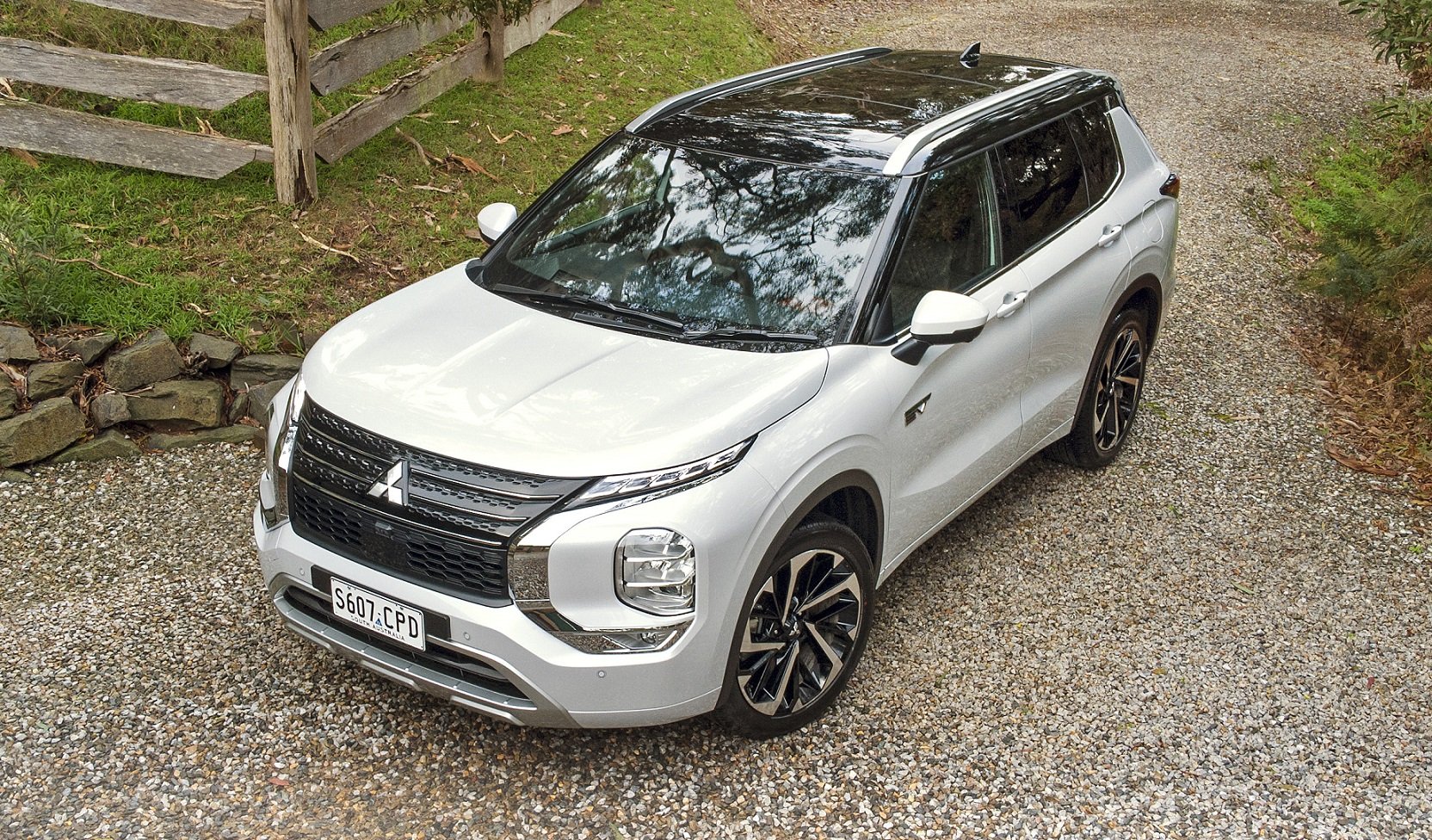








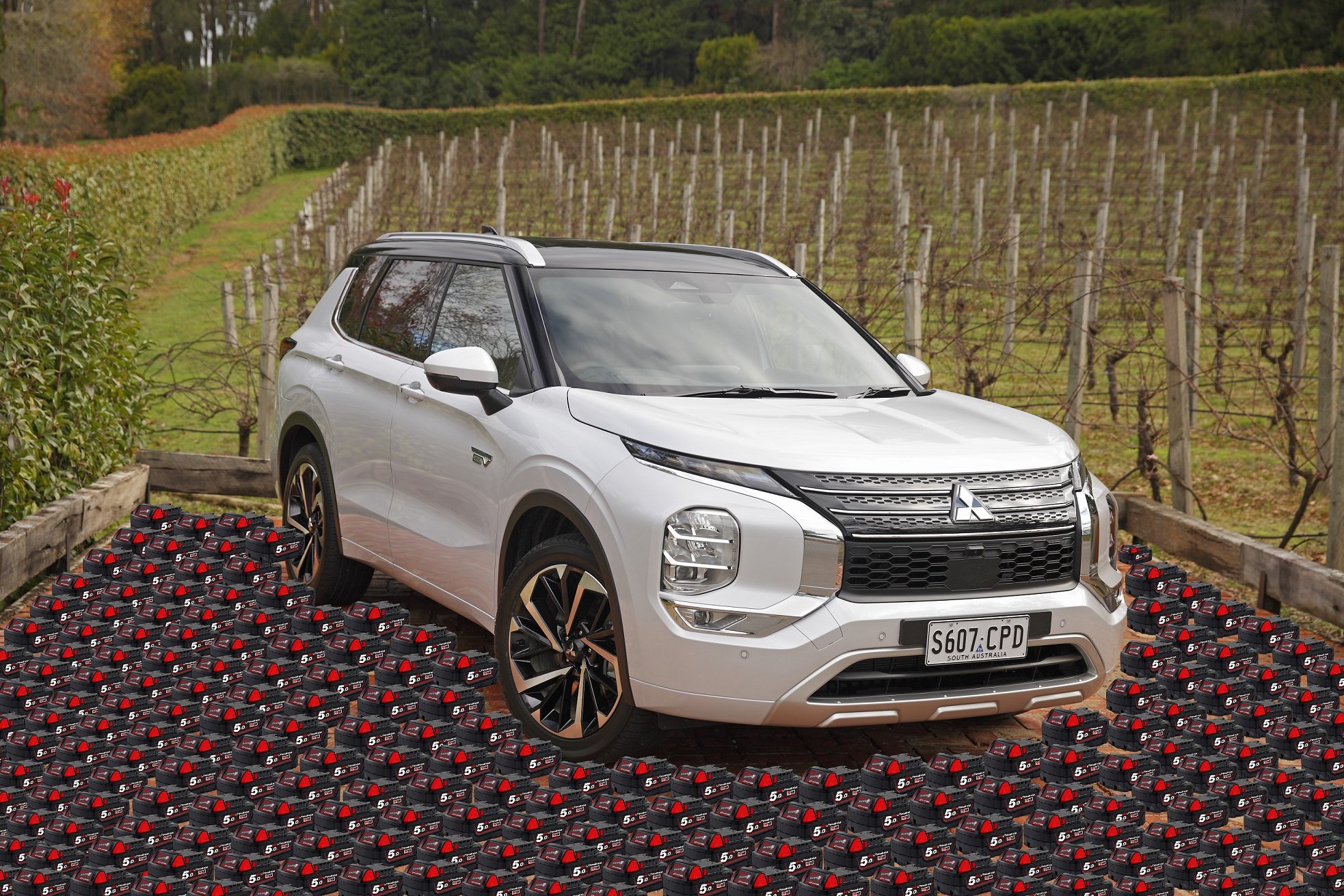
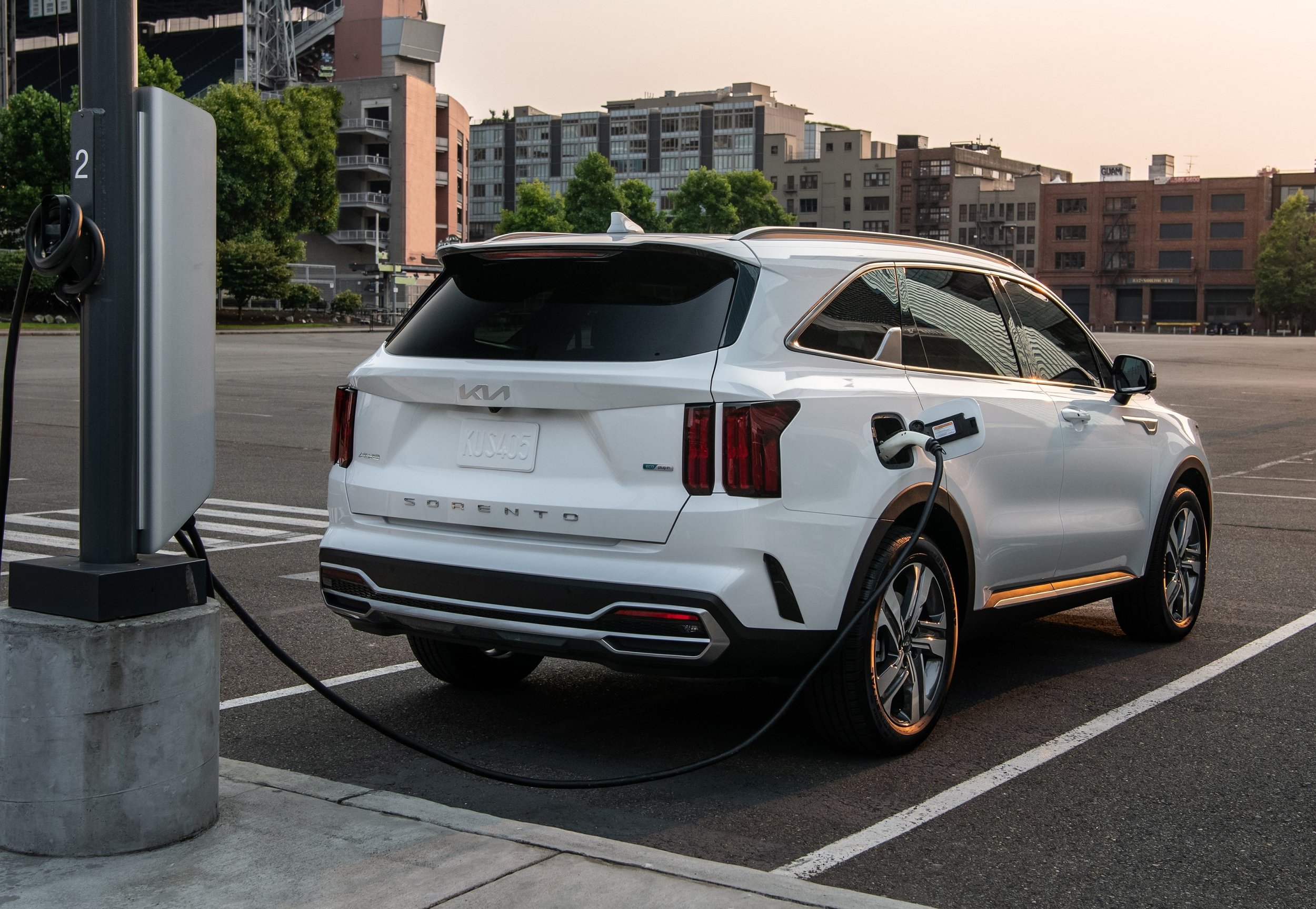
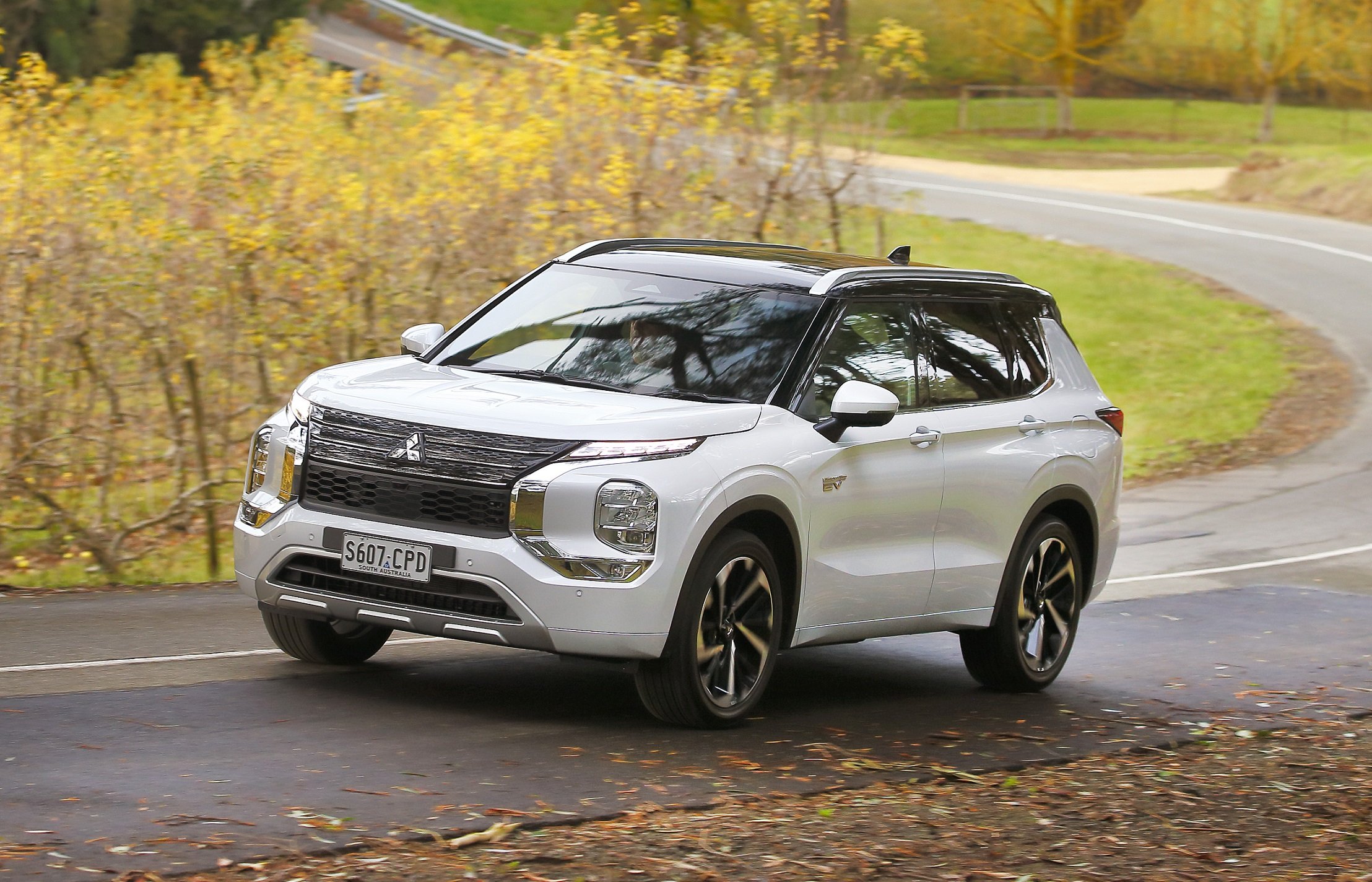







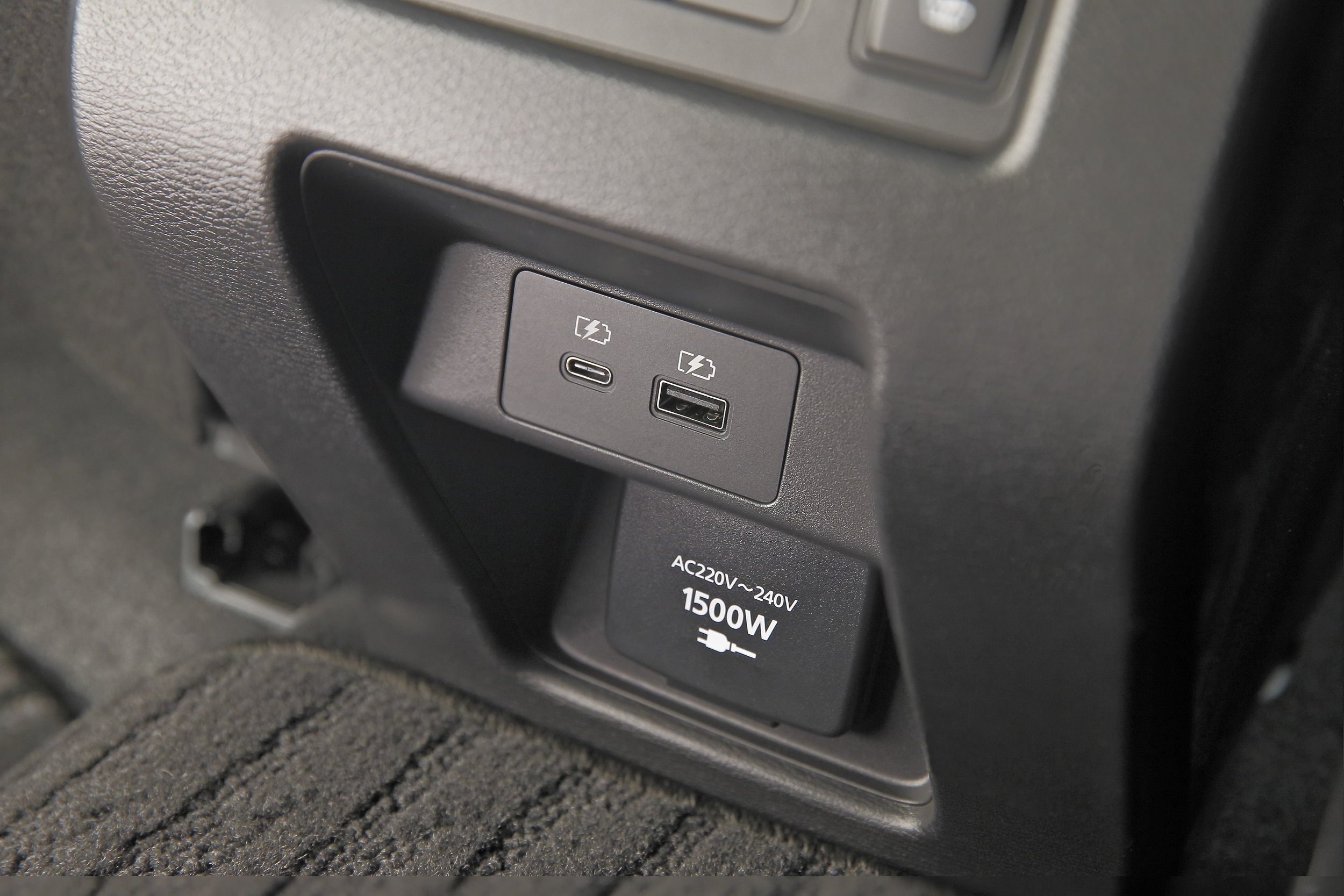
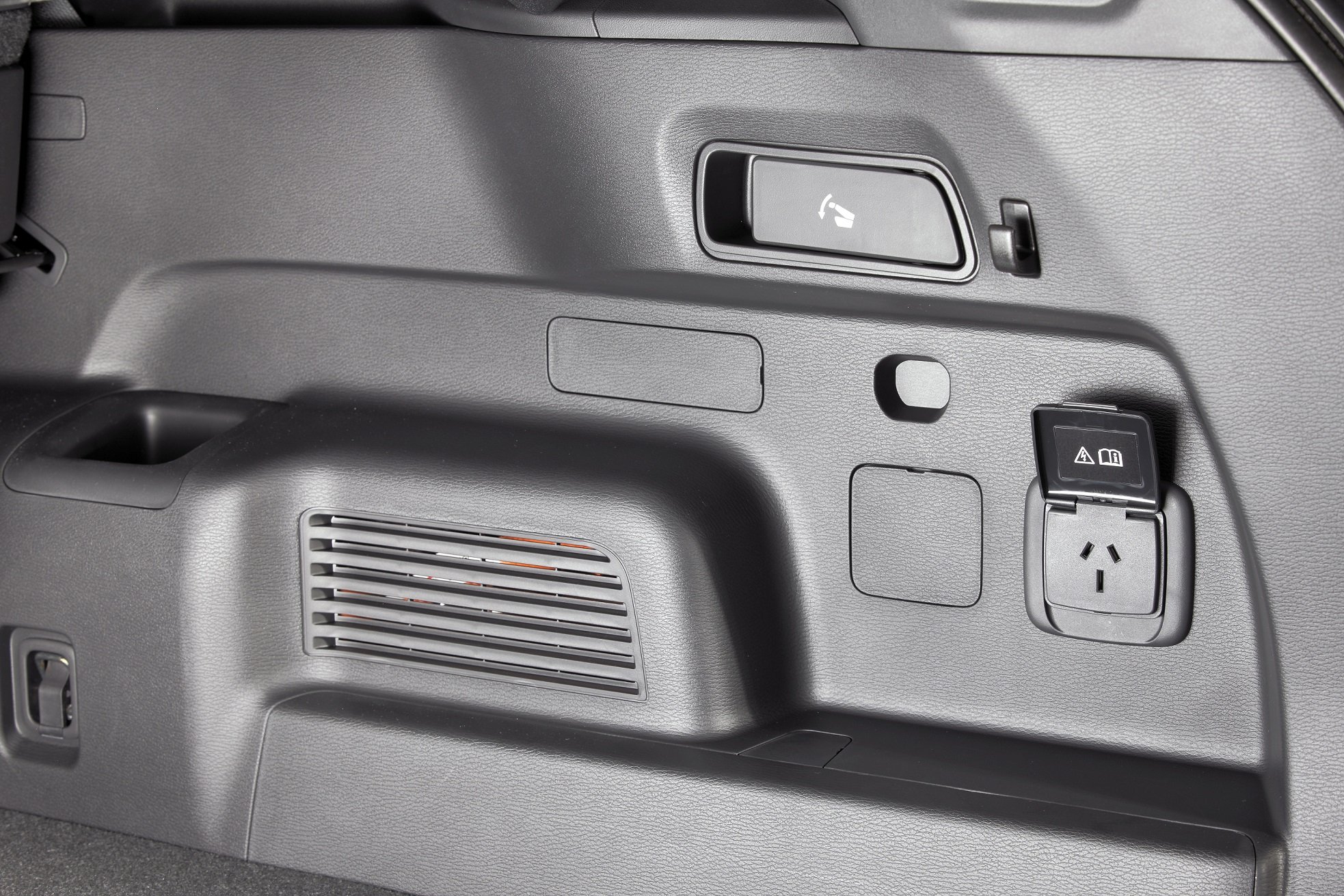




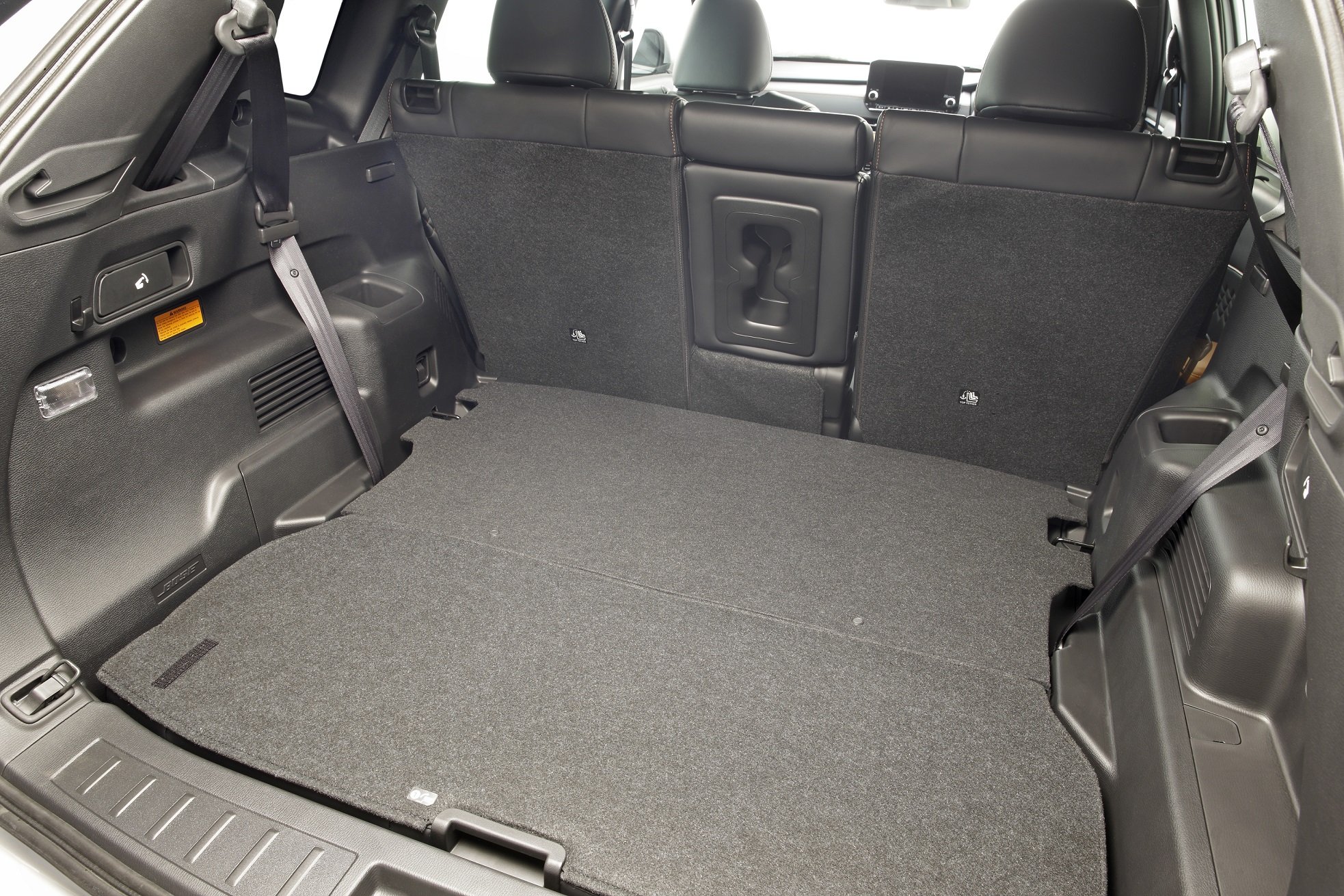
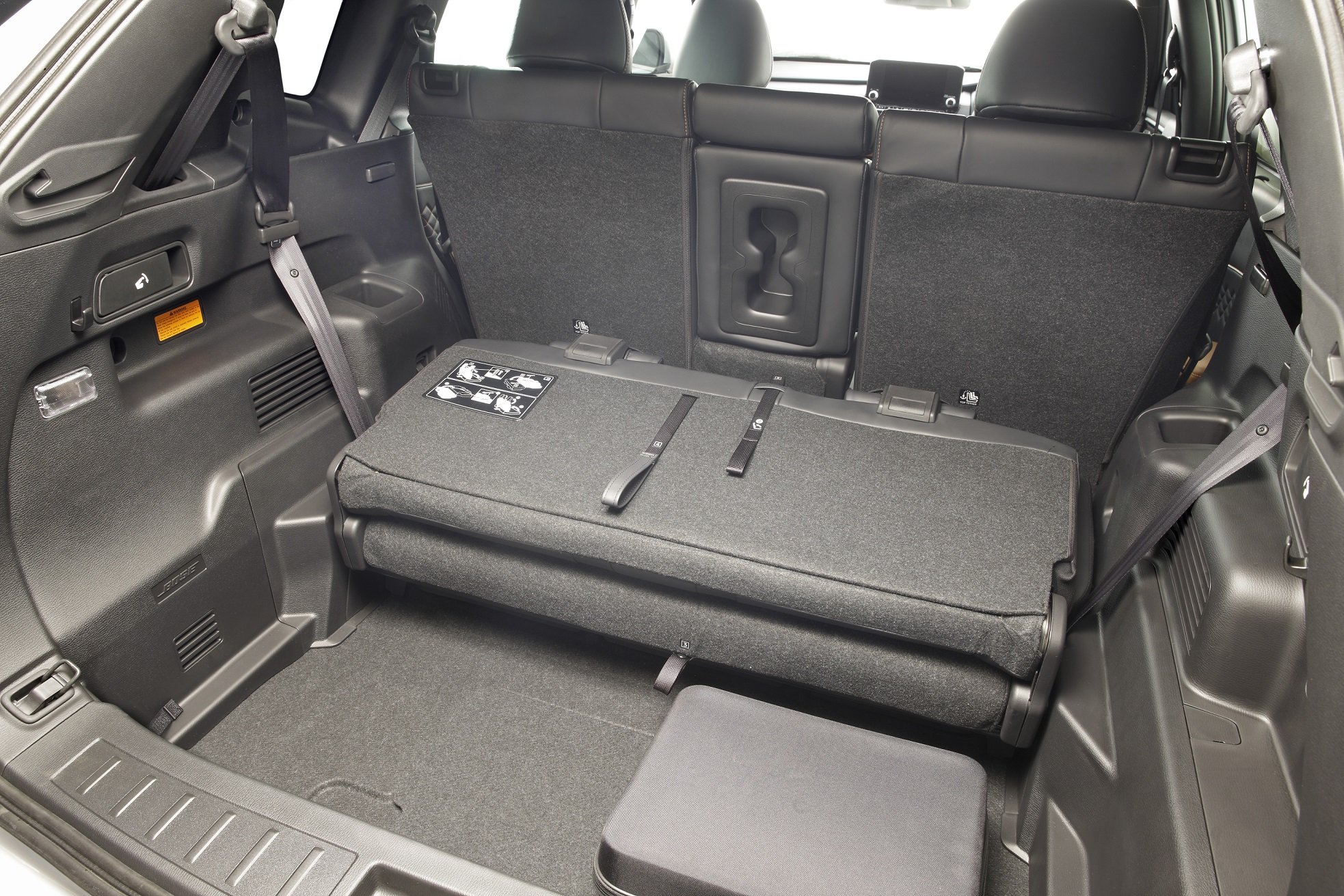
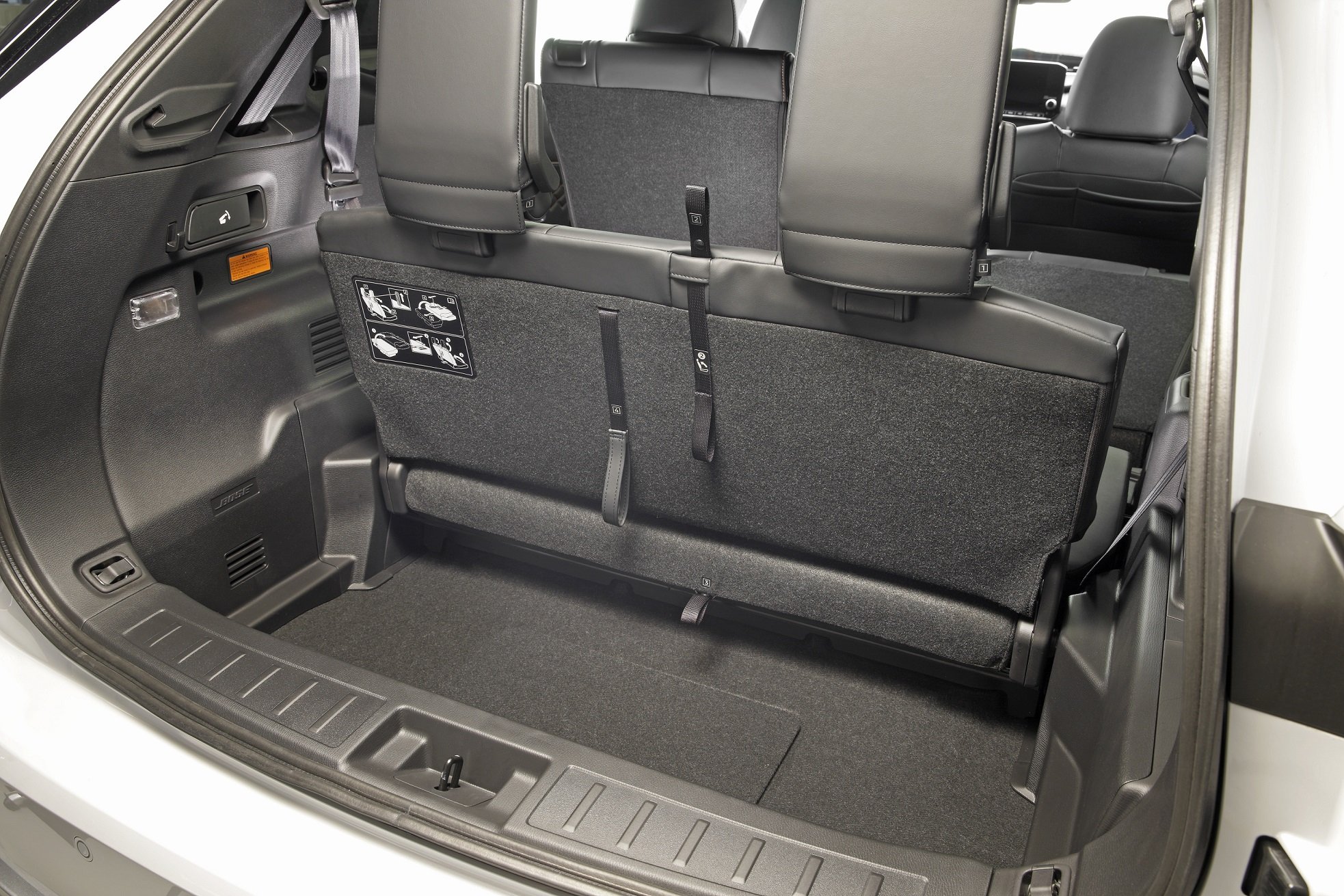














The Mitsubishi Outlander is an excellent-value seven-seat family vehicle with plenty of features and capability. It looks modern and tough, but you need to know if it’s going to be good enough compared with other medium SUVs.